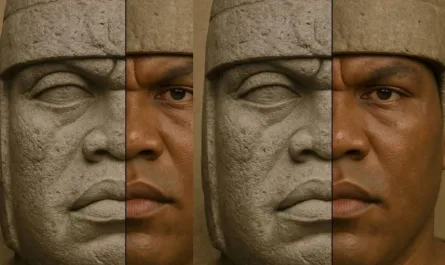Elon Musk, the visionary behind SpaceX, Tesla, and numerous groundbreaking ventures, may soon shift his focus to the skies—particularly military aviation. While Musk has not previously been involved in traditional fighter jets or military aircraft production, his growing influence in aerospace and defense technology suggests that his latest innovations could redefine the future of air combat in unimaginable ways.
The Rise of the Sixth-Generation Fighter Jet
Rumors are circulating that Elon Musk’s companies, particularly SpaceX, might be exploring the development of a next-generation fighter jet—one that could redefine modern warfare by pushing the boundaries of technology. This innovative fighter, potentially part of a broader aerospace venture, aims to incorporate cutting-edge advancements that might render current military strategies obsolete. Could Musk’s visionary approach transform conventional airpower into a relic of the past? What groundbreaking technologies might this jet employ to revolutionize air combat?

Musk’s Influence on Military Technology
Although Musk has not directly worked on fighter jets, his contributions through SpaceX have already significantly impacted military aerospace capabilities. SpaceX revolutionized rocketry with reusable launch vehicles like the Falcon 9 and Falcon Heavy, dramatically reducing costs and enabling new opportunities for defense and national security. The Starlink satellite internet network, another SpaceX innovation, offers secure global communication solutions, particularly in remote or conflict-prone areas, positioning it as a potential game-changer for military applications.
Musk’s influence extends beyond technology to strategic thought. At the 2020 Air Warfare Symposium, his declaration that manned fighter jets were nearing obsolescence sparked widespread debate. Musk envisioned a future dominated by AI-powered drones that surpass human-piloted aircraft in speed, agility, and decision-making, signaling a shift toward autonomous systems that could make traditional airpower strategies outdated.
The Future of Air Combat: AI and Autonomy
Musk has long championed artificial intelligence and autonomy as transformative forces in military aviation. His vision includes drones driven by advanced AI, capable of performing tactical operations, reconnaissance, and even combat roles with precision and efficiency. Drawing from Tesla’s work in autonomous driving and SpaceX’s advancements in control systems, Musk’s ideas reflect the potential of AI to surpass human pilots in aerial performance.
This aligns with the U.S. Air Force’s Next Generation Air Dominance (NGAD) program, which emphasizes integrating unmanned aircraft systems (UAS) alongside piloted jets. These AI-driven drones, acting as “wingmen,” could handle high-risk missions, enhance situational awareness, and redefine air superiority. Musk’s forward-thinking perspectives are increasingly resonating with defense strategists considering a future led by autonomous airpower.
SpaceX’s Expanding Role in Defense
Beyond conceptual fighter jets, SpaceX has already reshaped defense strategies through its innovative technologies. The company’s reusable rockets enable frequent and cost-effective satellite launches, supporting military operations across multiple domains. Starlink, in particular, has proven invaluable for secure and reliable communication, offering a robust solution for maintaining connectivity in areas where traditional systems face vulnerabilities.
Elon Musk’s groundbreaking contributions and ambitious vision for AI and aerospace could herald a new era in military aviation. Whether through autonomous drones, next-gen fighters, or advancements in defense infrastructure, his influence promises to shape the future of air combat and redefine the landscape of modern warfare.






